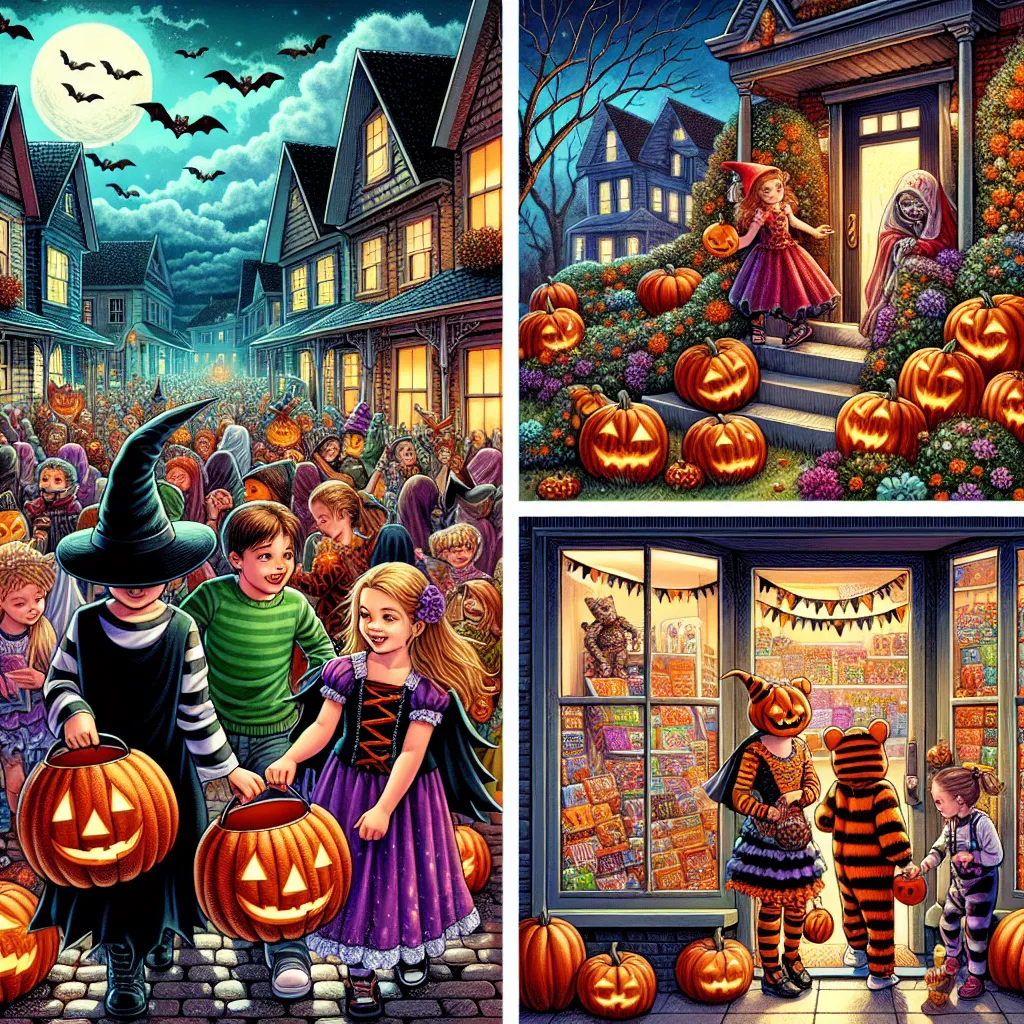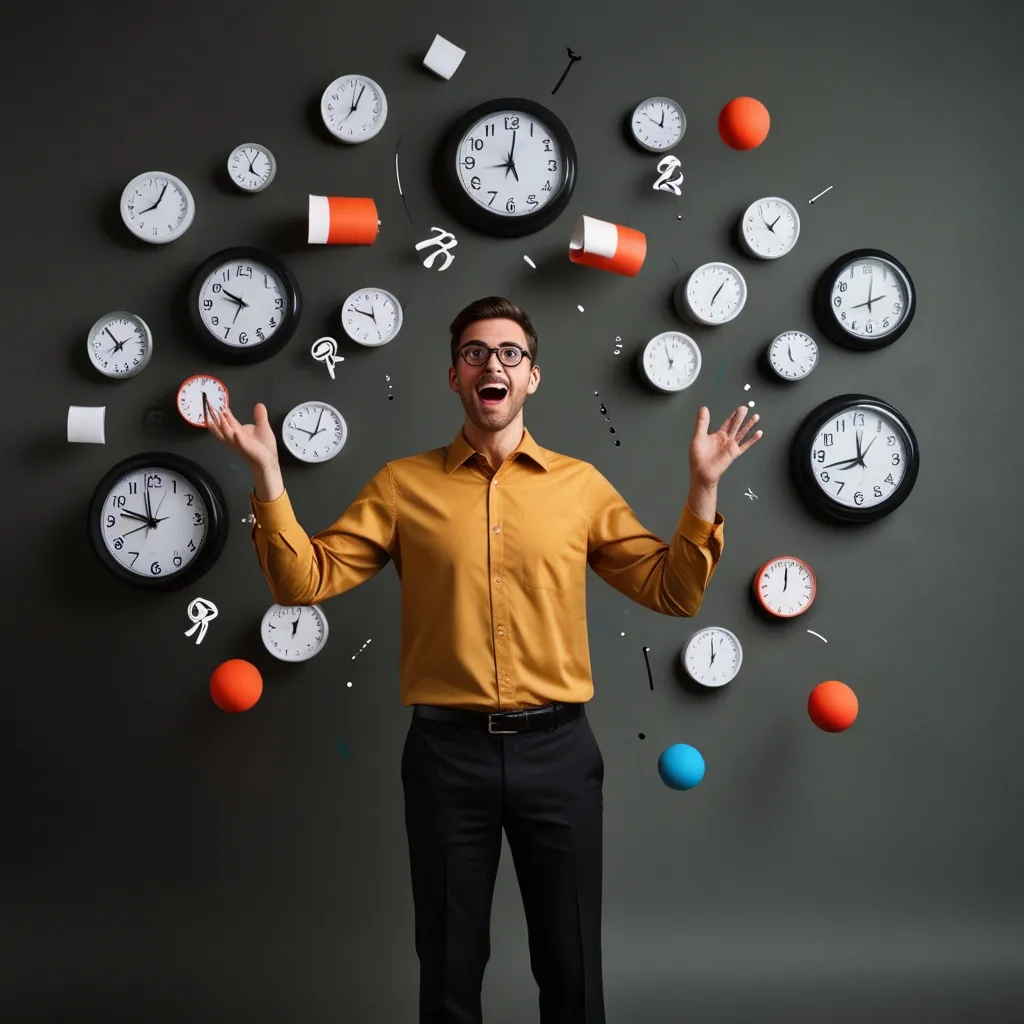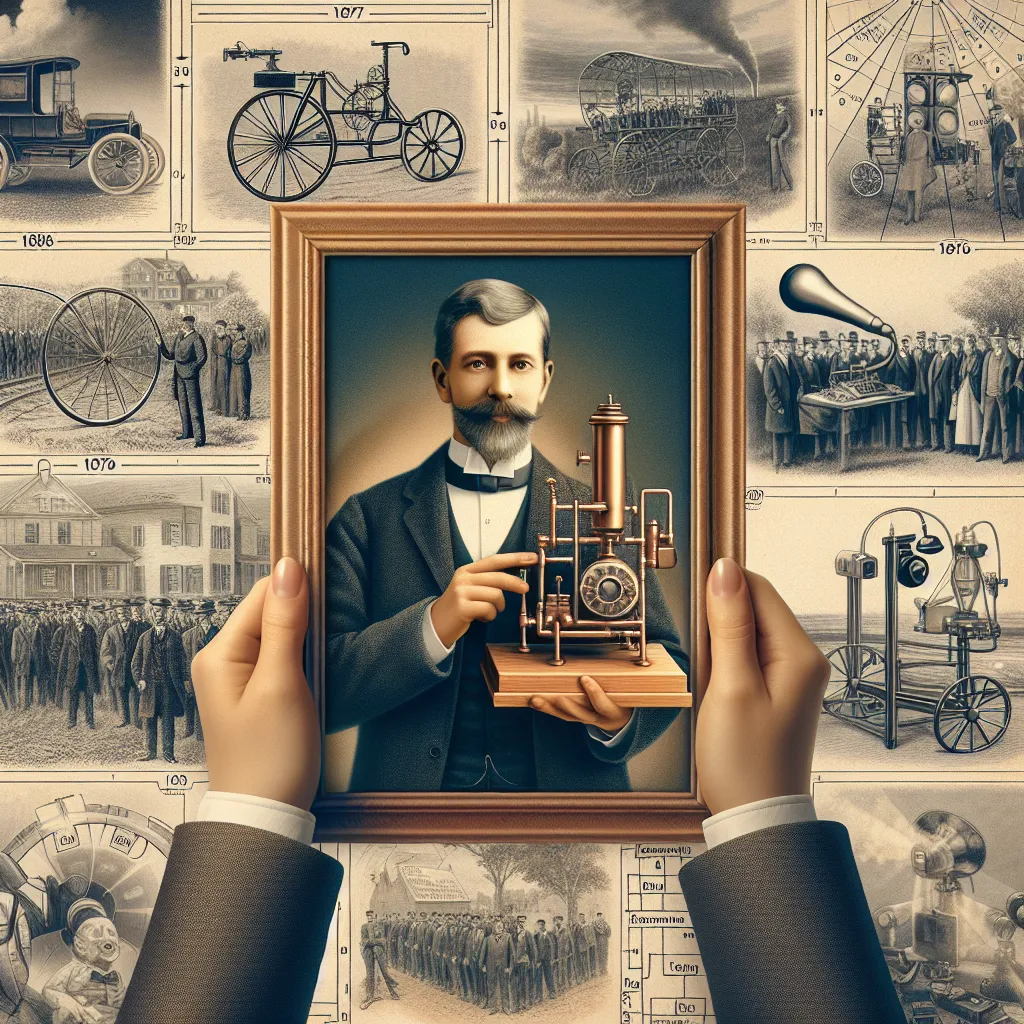Halloween, a longtime fixture in Western culture, has seen significant transformation throughout the 20th century, evolving from a modest Christian holy day to a major commercialized event. But how did this transition happen? Let’s dive into the history books and uncover the journey of Halloween’s commercial boom.
October 31st, originally known as Samhain to the Celts, marked the end of summer and served both as a harvest festival and a time to honor the deceased. When Christianity spread to the British Isles and Northern Europe, this pagan celebration was rebranded as All Hallows Eve, preceding All Saints Day. Despite the religious label, many original customs stuck, including leaving treats for ghosts and dressing up in costumes.
The concept of Halloween took its time to catch on in America. It wasn’t until the Irish Potato Famine in the late 1840s triggered a wave of Irish immigration that Halloween began to gain traction. By the early 20th century, the spooky and supernatural elements had mostly been dropped, making way for a more family-centered holiday complete with community parades and events.
In the 1950s, thanks to the baby boom, Halloween became a festive occasion for children with the rise of trick-or-treating. By the late 20th century, Halloween had grown into a significant holiday, second only to Christmas in terms of commercial impact. In 2016, Americans spent nearly $8.5 billion on costumes, candy, decorations, and greeting cards.
A big player in this commercial success is Walmart, the largest Halloween advertiser, which spends millions each season to promote the holiday. They benefit hugely from the sale of costumes, candies like Mars and Hershey’s, and decorations from Rubie’s, a leading costume manufacturer.
Rubie’s journey from a small candy store in New York to a costume manufacturing giant includes surviving the 1982 Tylenol cyanide poisoning scare that devastated candy sales nationwide. The company smartly navigated through, securing licensing deals and eventually dominating the costume market by acquiring former competitors.
As Halloween fever caught on in other parts of the world, Walmart’s influence became evident. In the UK, Halloween has surged to become the third biggest holiday, just behind Christmas and Easter. Similarly, in Japan, Walmart’s acquisition of a stake in supermarket Seiyu paved the way for Halloween’s growing popularity.
Halloween’s transformation shows no signs of slowing down. It’s clear that while no single entity controls Halloween, Walmart emerges as a substantial beneficiary of its success. So, as October approaches, expect to see stores bursting with Halloween spirit, costumes, candies, and decorations – a tradition that’s only getting bigger each year.
Whether you’re planning a party or just diving into the festivities, remember, there’s always more to Halloween than meets the eye. And now, equipped with a bit of its history, you can appreciate how this spooky night became a major cultural and commercial milestone.






